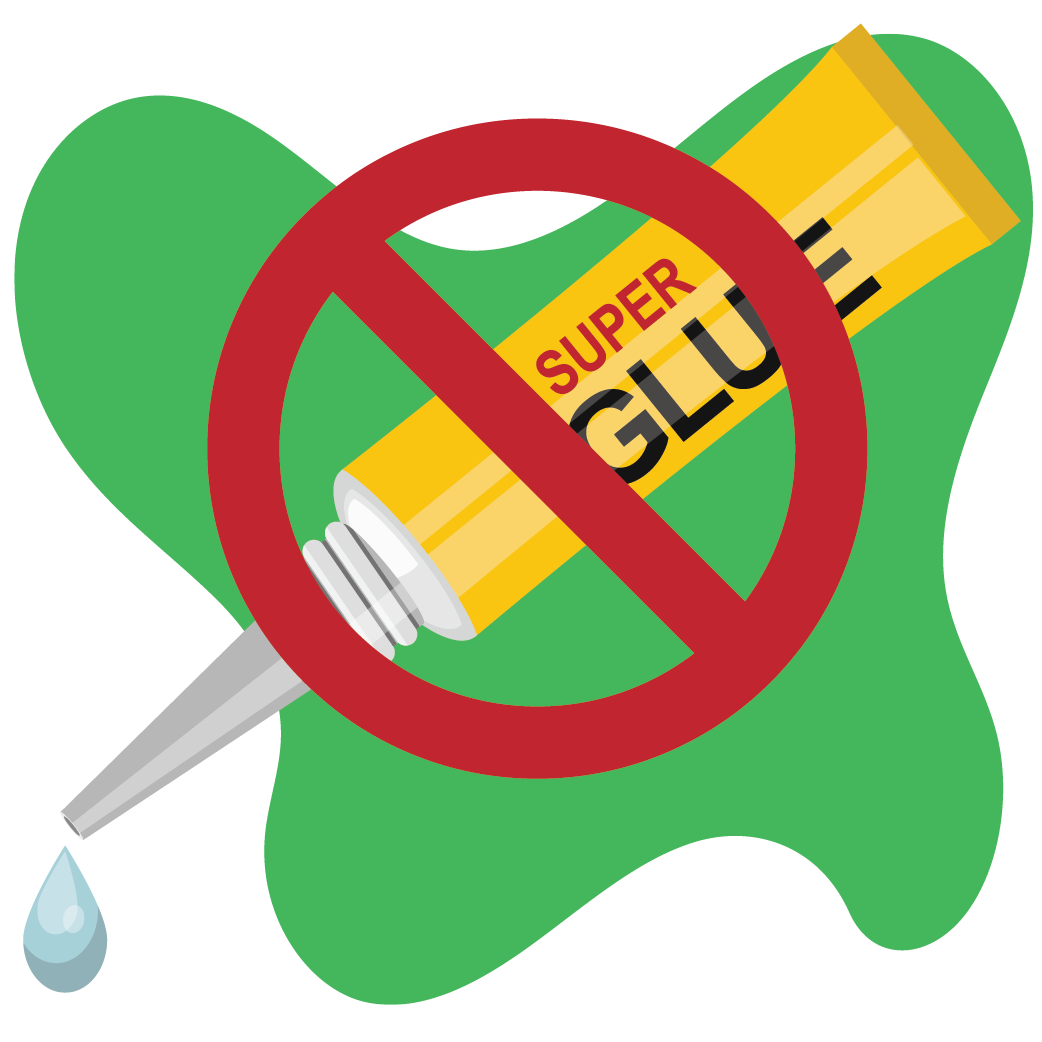
A trend that has seen a recent spike in popularity on social media and in pop culture is to decorate teeth with gems. The decorations added to teeth come in various shapes, colors and sizes, and sometimes even include imagery such as brand logos. However, before making any alterations to your smile, you should seek the advice of a professional to ensure your health and safety. Make sure you are informed of any risks or consequences before making changes to your teeth and oral health routine.

Decorating teeth has a long history in some cultures. We saw a similar trend take off in the mid-2000s when grills (grillz) were popularized by some celebrities. Now, adding tooth gems to teeth is the latest style.
Tooth gems are applied to individual teeth by preparing the tooth surface and affixing the gem with a tooth-safe adhesive. Tooth gems must be applied to clean teeth with no dental disease. Tooth gems can potentially trap bacteria and cause/worsen tooth decay. To try to prevent this, make sure you clean around anything affixed to your tooth thoroughly and carefully.

You should not apply tooth gems on your own because doing it incorrectly can cause injury and permanent damage. Nail glue, super glue, or other household adhesives are unsafe to use in your mouth. They can even be toxic.
If you choose to pursue tooth gems or other decorations, speak with your dental provider about the risks before applying these to your teeth. Finally, seek out a dental professional if you decide tooth gems are for you.
Sources:
- Tooth Gems: Are They Safe for Your Teeth?
- Oral Piercings and Gems "Oral Piercings and Gems - JADA")
- History of Tooth Embellishments
This information in this post is for general educational purposes only and does not warrant or represent any information as related to health as specifically appropriate for you. It is not intended to be medical advice or replace the relationship that you have with your health care providers. You should always seek medical advice on any diagnosis or treatment from a qualified health care provider. The information is provided “as is” without any representations or warranties, express or implied.






